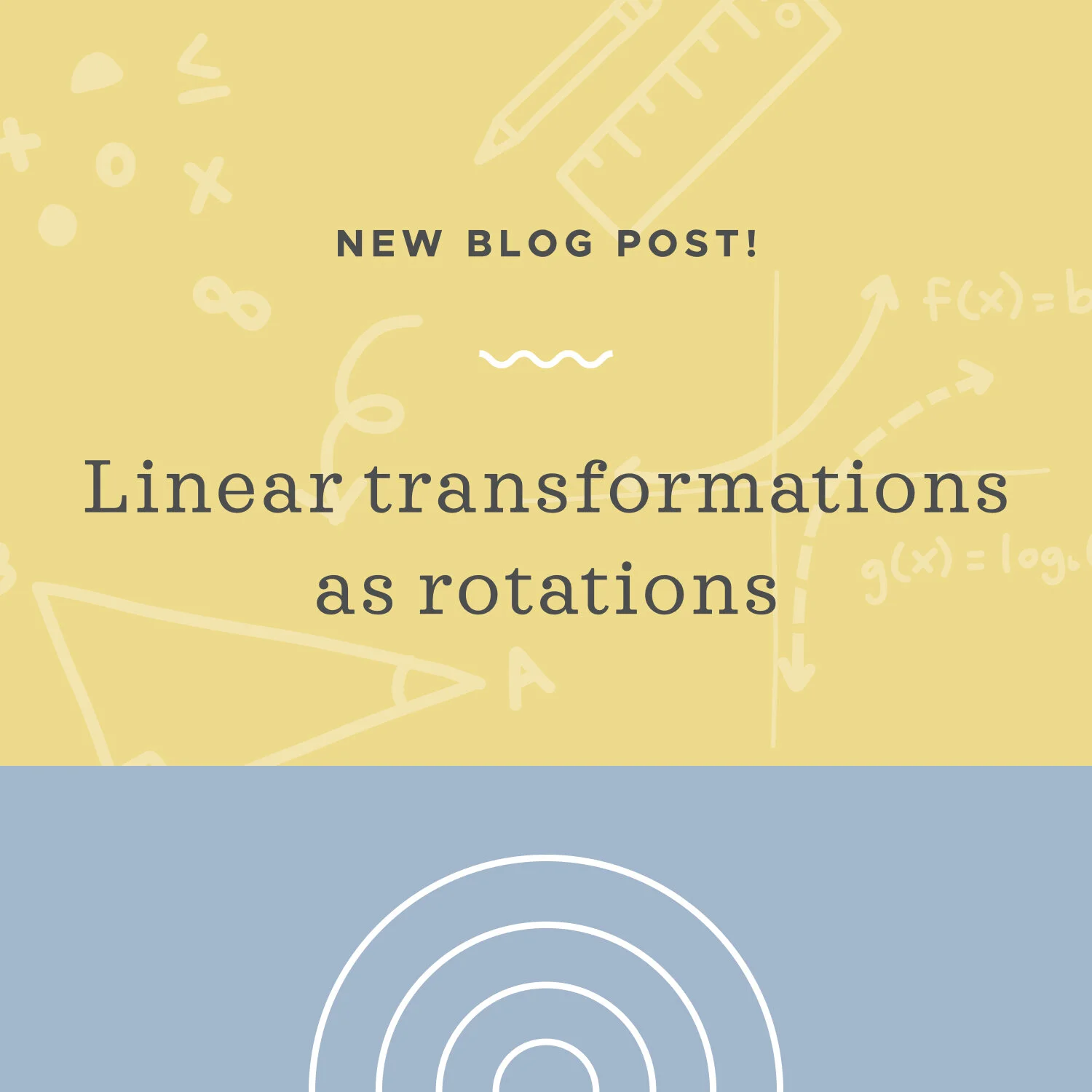In the previous lesson, we looked at an example of a linear transformation that included a reflection and a stretch. We can apply the same process for other kinds of transformations, like compressions, or for rotations. But we can also use a linear transformation to rotate a vector by a certain angle, either in degrees or in radians.
Read MoreThe inverse of an invertible linear transformation T is also itself a linear transformation. Which means that the inverse transformation is closed under addition and closed under scalar multiplication. In other words, as long as the original transformation T is a linear transformation itself, and is invertible (its inverse is defined, you can find its inverse), then the inverse of the inverse, T, is also a linear transformation.
Read MorePreviously we talked about a transformation as a mapping, something that maps one vector to another. So if a transformation maps vectors from the subset A to the subset B, such that if ‘a’ is a vector in A, the transformation will map it to a vector ‘b’ in B, then we can write that transformation as T: A—> B, or as T(a)=b.
Read More




